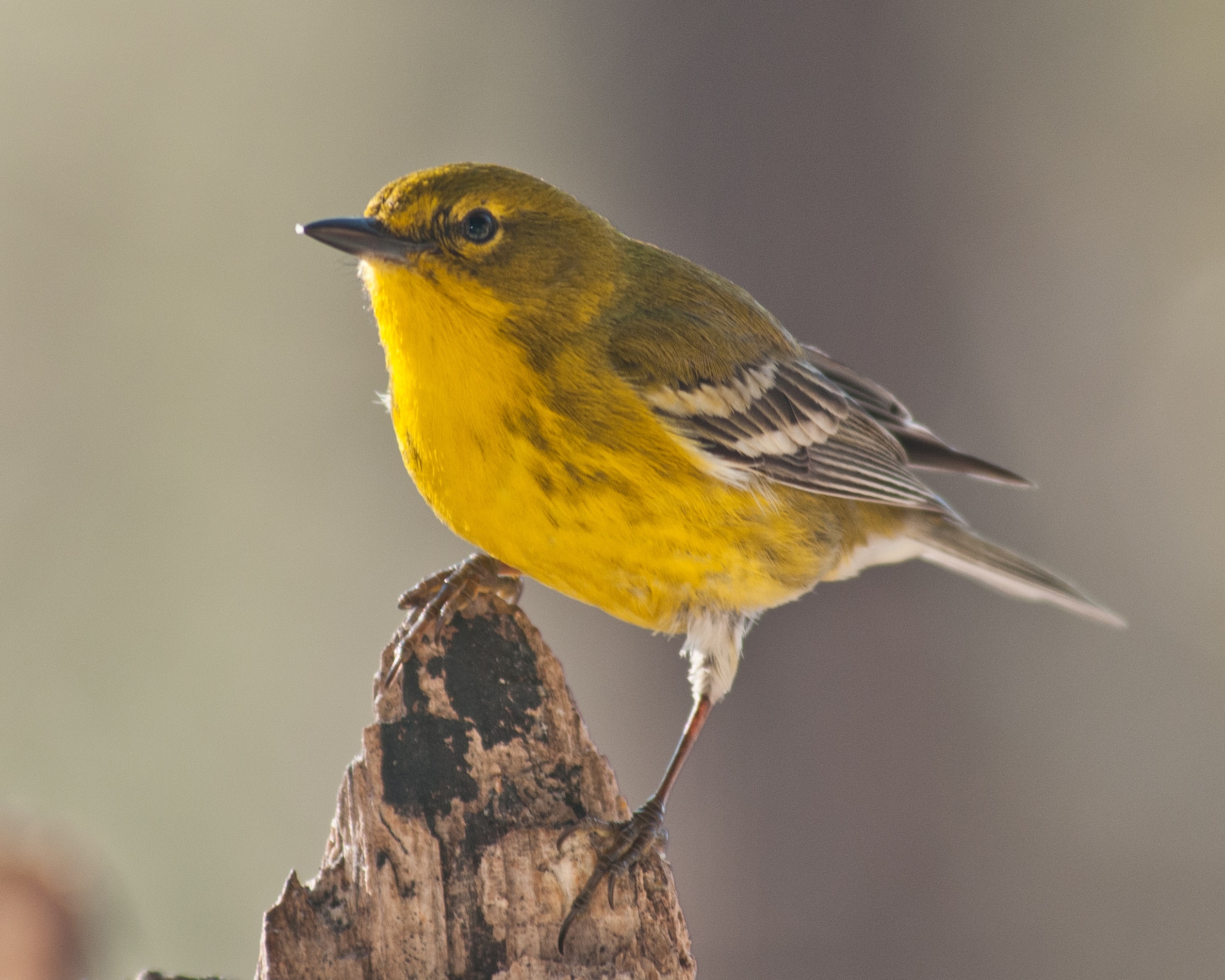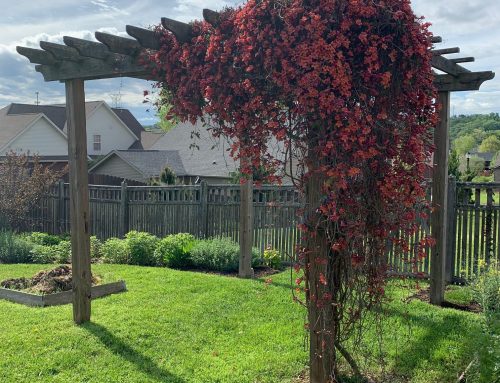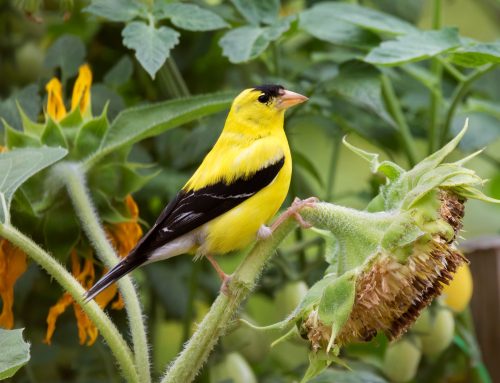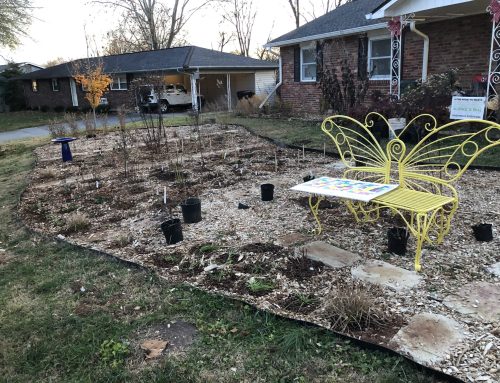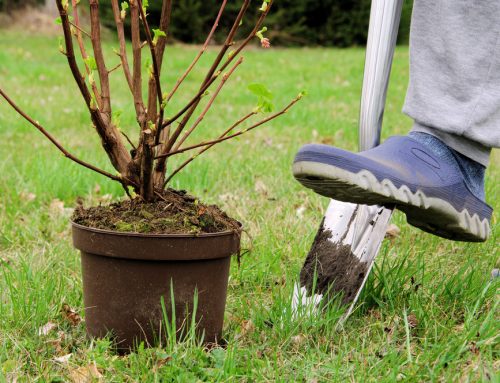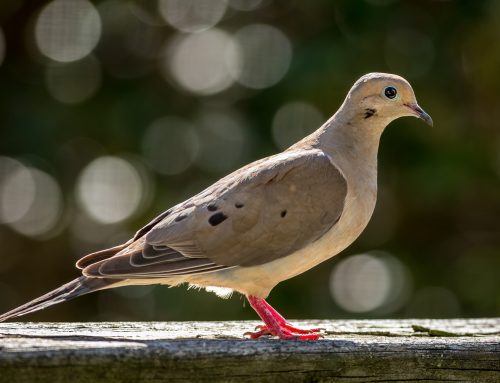by Karin Beuerlein
Hello, and welcome to the KTOS Better Backyards Blog! My name is Karin Beuerlein. I’m an avid gardener and I’m passionate about creating backyard habitat for birds with native plants.
I’m sure you heard the disturbing news released last week: studies show we’ve lost 3 billion birds in North America since 1970. There are several key reasons for this, but topping the list is habitat loss from residential development. That means that one critical piece of reversing the decline of bird species is rethinking the way we landscape the American backyard.
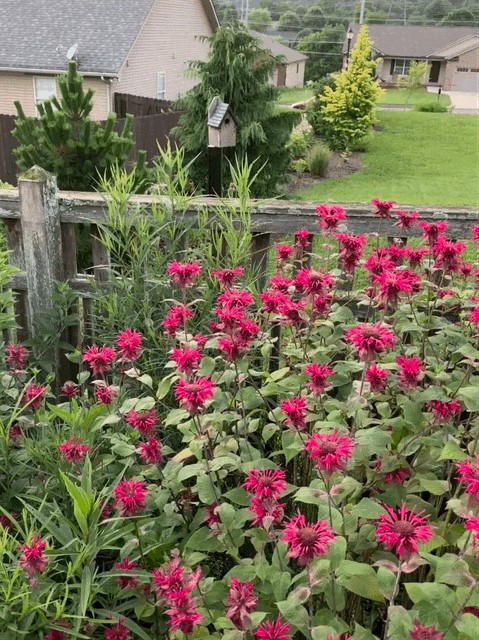
My husband and I bought a house 12 years ago in a new subdivision built on a former dairy farm. I was over the moon to create a garden on that blank canvas—and to see what birds would appear. The development had stalled because of the financial crisis, so instead of having immediate neighbors, we lived next to big stretches of open meadow that led into oak groves. Tall snags abounded. A small patch of native vegetation flourished across the street, composed of two ancient red cedars, a pecan tree, a sycamore, and a tangled understory.
As you might guess, that land already supported a rich diversity of bird life before I had planted a thing. Once I got the first redbud in the ground and put out a seed feeder, we had all the usual Tennessee backyard birds visiting every day, plus occasional special guests like chestnut-sided warblers, white-crowned sparrows, blue grosbeaks, blue-gray gnatcatchers, green herons, barred owls, pileated woodpeckers, and more.
So we lived and gardened in this little Eden . . . until the inevitable happened. The economy recovered, and the undeveloped land in our subdivision was sold to a builder who tore out the trees, shaved off the hillside, and installed houses. Each one had a handful of cheap meatball shrubs out front and a crape myrtle on the corner, plus a spotty fescue lawn.
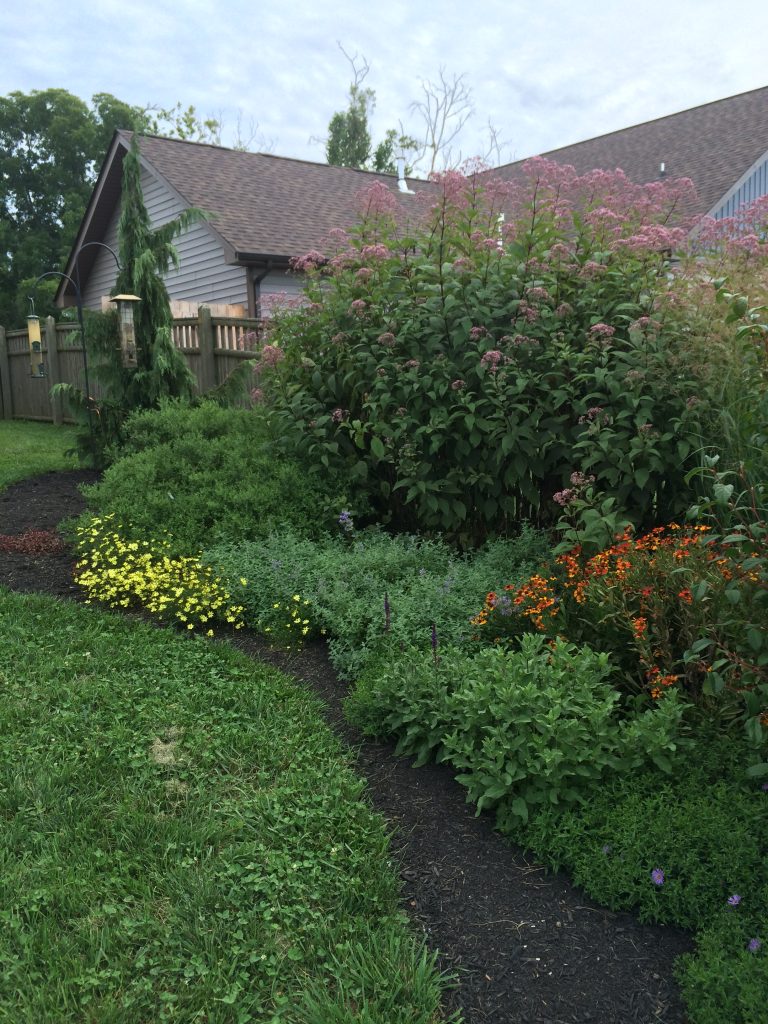
Our 24/7 bird party ended almost overnight.
Even though I’d been progressively installing more garden space, that patch across the street with food-rich trees and ample shelter had been doing most of the legwork. When it disappeared, so did the titmice, towhees, owls, and most of the woodpeckers. Chickadees still came to our feeder, but no longer used our nest boxes to breed. A simple head count sounded the alarm: we had fewer birds, and fewer species, in a very short period of time.
The message was clear to me. My garden, though nice enough as a garden, needed some serious adjustments if I wanted to make a difference for birds—if I wanted to replace the habitat that was lost. And I needed to encourage my neighbors to step up. I’m here to share my experiences in making those adjustments, and I ask you to share yours as well. I hope that together we can improve the prospects of the birds we still have, and create more beautiful, livable backyards in the process.
